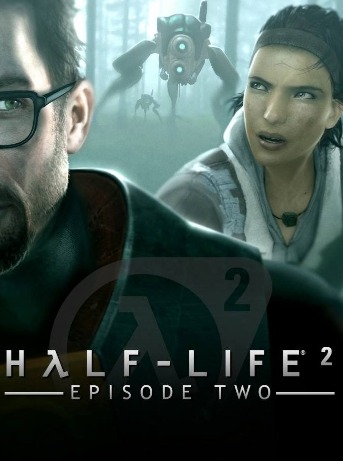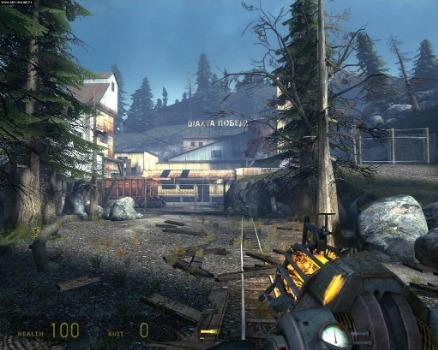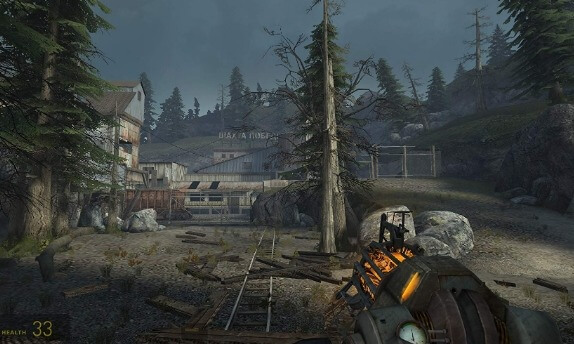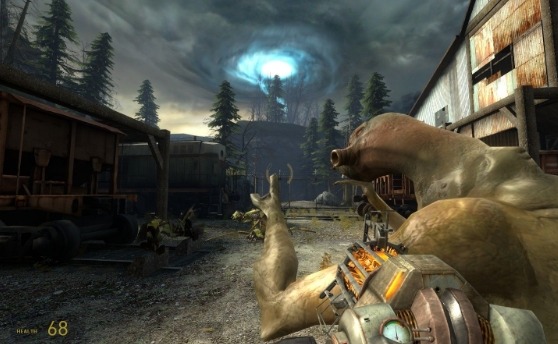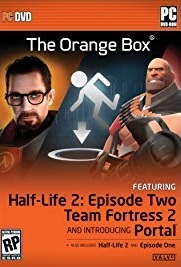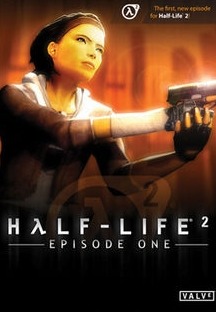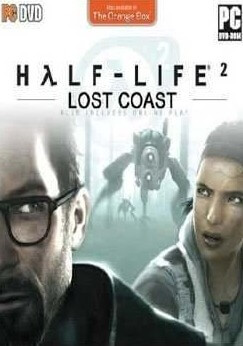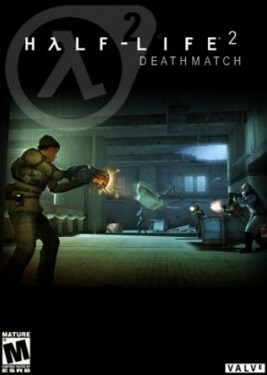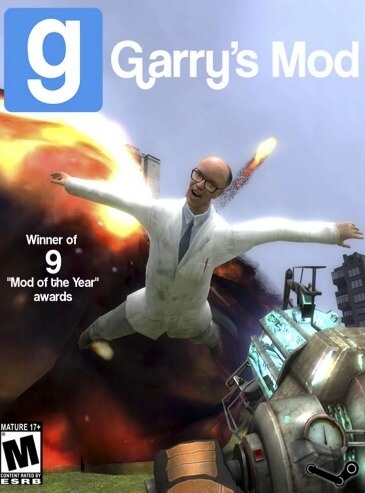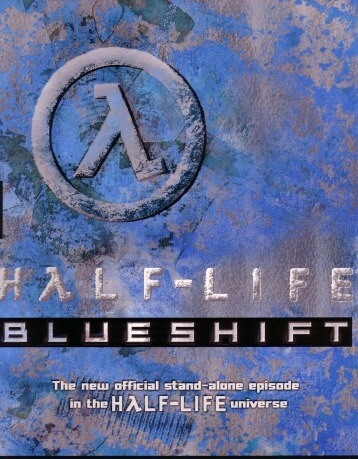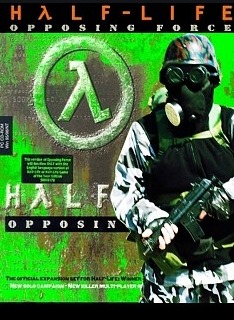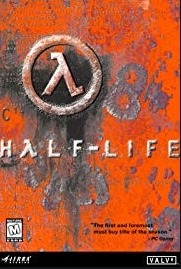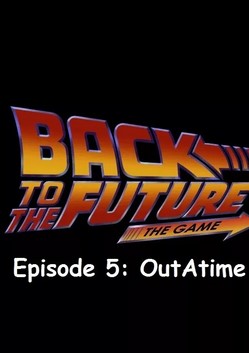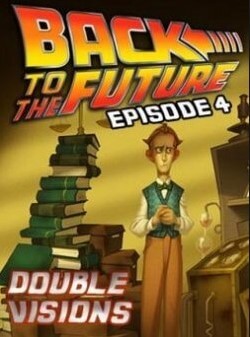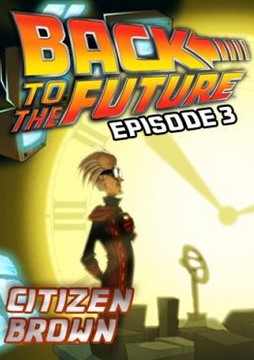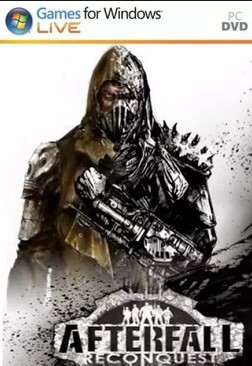Half-Life 2: Episode Two (stylized as HλLF-LIFE2: EPISODE TWO) is a first-person shooter video game, the second in a series of episodic sequels to the 2004 Half-Life 2. It was developed by Valve Corporation in tandem with Episode One, the first game in the series, and released in 2007 via Valve's Steam content distribution platform. The episode was released both separately and as a part of a bundled package, The Orange Box.
Episode Two gameplay consists of expansive environments, travel and reduced linear play, continuing Valve's policy of orienting each episode around a particular theme or set of technologies. Following the closing events of Episode One, it sees Gordon Freeman and the series' other major characters moving away from City 17 to the surrounding countryside.
The retail version was released on October 10, 2007, in North America and Russia for Windows and Microsoft's Xbox 360 after repeated delays. The version for the PlayStation 3 was to be released "around two or three weeks later", as it was produced separately at the Electronic Arts UK studio, according to Valve marketing director Doug Lombardi. This version was further delayed. For the rest of the world, the release date was October 18. The Steam version was released worldwide on October 10, 2007.
Gameplay
As with its predecessors, the game is played in the first person as series protagonist Gordon Freeman against transhuman troops, known as the Combine, and other hostile alien creatures. Levels are linear but add a more open environment, consisting of puzzles and first-person shooter game-play. Sequences involving vehicles are interspersed throughout the game, breaking up moments of combat.
One of the focal points of Episode Two was meant to be increased use of vehicles in open areas. However, the game retains its original linear style until the final battle. Episode Two has more puzzles than Episode One, including the biggest physical puzzle yet in the series—a damaged unstable bridge. The game features numerous "achievements" (similar to PlayStation 3's Trophies and Xbox Live's Achievements) for carrying out certain tasks. Some are essential to game progress, such as helping fight off an antlion invasion, or defeating the first Hunters. Others are optional tricks or feats the player can perform, such as killing a Combine soldier with their own grenade or running down a certain number of enemies with the car.
Enemies
Episode Two featured a new Hunter enemy, which had just been seen briefly in a recorded message in Episode One. The Hunter serves as one of the most dangerous enemies within the game and as means of emotional development for Alyx Vance. The Hunter is a powerful and resilient enemy which players must often run from while seeking a means to fight back; Episode Two's environments are designed with this in mind.
An interview in the August 2006 issue of PC Gamer magazine revealed that the Hunter stands 8 feet (2.4 m) tall. Erik Johnson, the game's project lead, states that the Hunters are "big and impressive, but they can go anywhere the player can go", as the player can encounter them both indoors and outdoors. Ted Backman, senior artist for Valve, talks about how the Hunter can express emotions, being a somewhat non-human character. "We want the Hunter to be able to express nervousness or aggression, to show you whether it's aggressive, hurt, or mad." Hunters are very aggressive and they tend to operate in packs, but can also be found supporting other Combine troops. Late in the game, they can be found escorting Striders, using their flechette guns to protect the Striders that the player is trying to attack.
Hunters primarily attack the player by bracing themselves and firing bursts from their flechette cannon. Four flechettes can vaporize an ordinary human soldier. If they do not strike a living target, the flechette charge up for several seconds and then explode, dealing minor damage to everything nearby. Hunters may also conduct a charging attack or strike with their legs if the player gets too close. Hunters are vulnerable to all weapons, but to compensate, are still quite resilient, making explosives and the pulse rifle's charged energy ball the most attractive options. Objects thrown with the gravity gun are also effective, especially if the player catches some of their flechettes with the object before hurling it (one of the in-game Achievements). In outdoor environments, they can be run over with a vehicle.
Two new forms of antlion appear in the game. The first is the glow-in-the-dark antlion grub, a harmless, worm-like creature which functions as a minor health pickup and a light source. Killing all 333 of these earns an Achievement. The second is the worker antlion (or 'acidlion') whose body produces a powerful and poisonous acid. In addition to a ranged acid spit attack, they also explode when killed, launching acid around them in a short radius, making them dangerous close-combat opponents. Although they are thematically similar to the bullsquids of the original Half-Life, they are functionally closer to the poison headcrab—as an enemy that the player will instinctively prioritize as a target. A new antlion guardian, which has glow-in-the-dark features, was also added. This "Guardian" hunts and attacks Gordon Freeman as the player endeavors to take the larval extract the Guardian protects. The vortigaunt that accompanies the player forbids him from harming the guardian, fearing the extract will be ruined if he does. The player must therefore accomplish his goal while being harried by a creature he cannot eliminate, though the player is eventually given the chance to kill it.
Weapons
Episode Two features no additions to Gordon Freeman's weapons inventory. Instead, Valve chose to further explore uses for the gravity gun, with which the player can pick up and throw large objects. They introduced more varied Gravity Gun "ammunition", such as logs, flares, and half-height butane tanks, which are easier to aim than full-size fuel drums.
Near the end of the game, the player uses "Magnusson Devices", which designer Dario Casali described as a "sticky bomb that you fire at a Strider's underbelly that will draw power from the Strider's internal power source". The player uses the gravity gun to attach the bombs to tripodal enemy Striders; the bombs detonate when fired upon with any other of the player's weapons, instantly destroying the target. The Hunter escorts prioritize them as targets, either destroying them in the player's grasp or shooting already-attached ones off.
Vehicles
Large sections of the game feature a car which resembles a gutted-and-rebuilt 1969 Dodge Charger. It appears to have been tuned for performance. A radar system is installed later in the game, allowing the player to locate Rebel supply caches. In the final battle, a rear-mounted storage rack for Magnusson Devices is added and the radar is adjusted to track enemies and Magnusson Device dispensers. A homing unit is also installed so the player can quickly locate the car in the chaos of the final battle via a readout in the Hazardous Environment suit.
